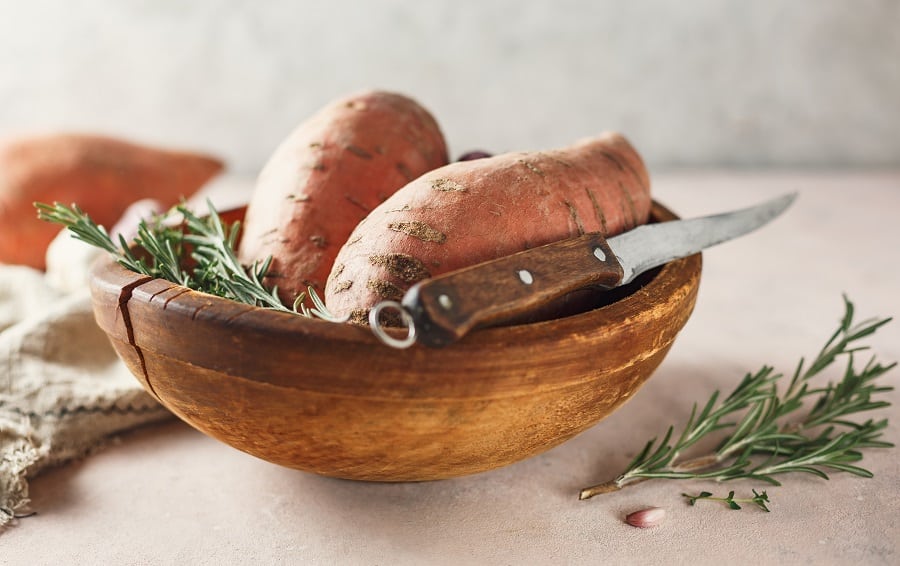Turmeric, a golden-hued spice, has been a staple in Indian and Middle Eastern cuisines for centuries. Not only does it add a unique flavor and color to dishes, but it also has a long history of medicinal use. The active ingredient in turmeric, curcumin, is known for its anti-inflammatory and antioxidant properties. In recent years, the spice has gained global attention for its potential health benefits, including reducing the risk of chronic diseases such as cancer and heart disease. This article aims to guide readers through easy and practical ways to incorporate turmeric into their daily diet, thereby reaping its numerous health benefits.
Contents
- 1 The Science Behind Turmeric’s Health Benefits
- 2 Common Misconceptions About Turmeric
- 3 Precautions and Side Effects
- 4 Turmeric in Traditional Dishes
- 5 Easy Ways to Add Turmeric to Your Meals
- 6 Turmeric Snacks and Beverages
- 7 Cooking Tips for Maximizing Benefits
- 8 Tracking Your Turmeric Intake
- 9 The Bottom Line
- 10 Related
The Science Behind Turmeric’s Health Benefits

Turmeric is not just a culinary delight; it’s a powerhouse of health benefits, thanks to its active ingredient, curcumin. Curcumin is a bioactive compound that has potent anti-inflammatory effects. It works at the molecular level by inhibiting the activity of certain enzymes and signaling pathways that contribute to inflammation. This makes turmeric a natural alternative to over-the-counter anti-inflammatory drugs without the side effects.
Antioxidants are another reason why turmeric is highly regarded in the health community. Curcumin neutralizes free radicals and boosts the body’s antioxidant enzymes. This dual action makes turmeric incredibly effective in combating oxidative stress, a leading factor in aging and various diseases. Therefore, adding turmeric to one’s diet can be a simple yet effective way to improve overall health.
Common Misconceptions About Turmeric

One common misconception about turmeric is the “more is better” philosophy. People often think consuming large amounts of turmeric will amplify its health benefits. However, this is not the case. Excessive consumption can lead to gastrointestinal issues and may even interfere with certain medications. It’s essential to understand that moderation is key in incorporating turmeric into the diet.
Another point of confusion is the difference between turmeric and curcumin. While curcumin is the active ingredient in turmeric, it makes up only about 3% of the spice by weight. Many supplements on the market contain concentrated curcumin, which can be more potent but lacks the other beneficial compounds in whole turmeric. Therefore, knowing what one is consuming and for what purpose is crucial, as the health benefits can vary.
Precautions and Side Effects

While turmeric is generally considered safe for most people, there are some precautions to consider. For instance, turmeric can interact with medications like blood thinners and diabetes drugs. If one is taking prescription medications, it’s advisable to consult a healthcare provider before adding turmeric to the diet in significant amounts.
Allergic reactions to turmeric, although rare, can occur. Symptoms may include skin rashes, shortness of breath, or hives. If one suspects an allergic reaction, seeking medical attention immediately is essential. As with any supplement or dietary change, it’s always best to consult a healthcare provider for personalized advice.
Turmeric in Traditional Dishes

Turmeric has been a cornerstone of Indian cuisine for thousands of years. It’s a key ingredient in various dishes, from curries and lentil soups to rice dishes and marinades. The spice imparts a warm, earthy flavor and a vibrant yellow color, making it visually appealing. In Indian culture, turmeric is more than just a spice; it symbolizes purity, fertility, and prosperity and is often used in religious ceremonies and weddings.
In Middle Eastern cuisine, turmeric is a popular spice in various dishes like rice, stews, and desserts. It’s commonly found in spice blends like Baharat and Ras el Hanout, used to season vegan meats and vegetables. The spice’s versatility makes it easy to incorporate into a wide range of traditional dishes, offering both flavor and a host of health benefits.
Easy Ways to Add Turmeric to Your Meals

For those new to turmeric, incorporating it into meals can be as simple as adding a pinch to a morning smoothie. The spice blends well with fruits like mango and banana, and its earthy flavor can be balanced with a touch of honey or agave nectar. A small amount goes a long way in terms of flavor and health benefits, making it an easy addition to daily routines.
Salad dressings are another excellent way to introduce turmeric into the diet. A simple vinaigrette made with olive oil, lemon juice, and a teaspoon of turmeric can transform a basic salad into a nutrient-dense meal. For those who enjoy soups and stews, adding a spoonful of turmeric can enhance the dish’s color and nutritional profile. The options are endless, and a little creativity in the kitchen can go a long way.
Turmeric Snacks and Beverages

When it comes to snacking, turmeric can be a game-changer. Consider making turmeric tea, a comforting beverage that combines the spice with hot water, lemon, and a touch of honey. This tea not only provides a soothing experience but also packs a punch of antioxidants and anti-inflammatory compounds. It’s ideal for those looking to unwind after a long day while benefiting their health.
Another snack option is turmeric energy balls, a no-bake treat made from ingredients like oats, nuts, honey, and, of course, turmeric. These energy balls are delicious and provide a quick boost of energy and nutrients. They’re perfect for those on-the-go moments when one needs a healthy snack that satisfies the taste buds.
Cooking Tips for Maximizing Benefits

Pairing it with black pepper is advisable to get the most out of turmeric. Black pepper contains piperine, a compound that significantly enhances the absorption of curcumin by up to 2000%. So, the next time one cooks with turmeric, adding a pinch of black pepper can make a big difference in health benefits.
Another point to consider is the heat stability of turmeric. While cooking can sometimes reduce the potency of certain nutrients, turmeric is relatively heat-stable. However, adding the spice towards the end of the cooking process is still a good idea to preserve its nutritional value as much as possible.
Tracking Your Turmeric Intake

Keeping track of turmeric intake can be beneficial, especially for those new to the spice or taking it for specific health reasons. Food journaling is an effective way to monitor consumption. Simply jotting down the meals that include turmeric can provide valuable insights into how much one consumes.
Various smartphone apps are also designed to track dietary intake, including specific foods and spices like turmeric. These apps can help one stay on track and get the right amount of this potent spice without going overboard.
The Bottom Line
Threading turmeric into one’s diet is a flavorful endeavor and a step towards a healthier lifestyle. From its potent anti-inflammatory and antioxidant properties to its versatility in cooking, turmeric offers many benefits. Whether a seasoned chef or a culinary novice, there are numerous ways to include this golden spice in daily meals. With creativity and a dash of turmeric, transforming ordinary dishes into nutrient-dense meals is easier than ever. So why wait? Start adding a sprinkle of turmeric to your dishes today and experience the myriad health benefits it offers.


